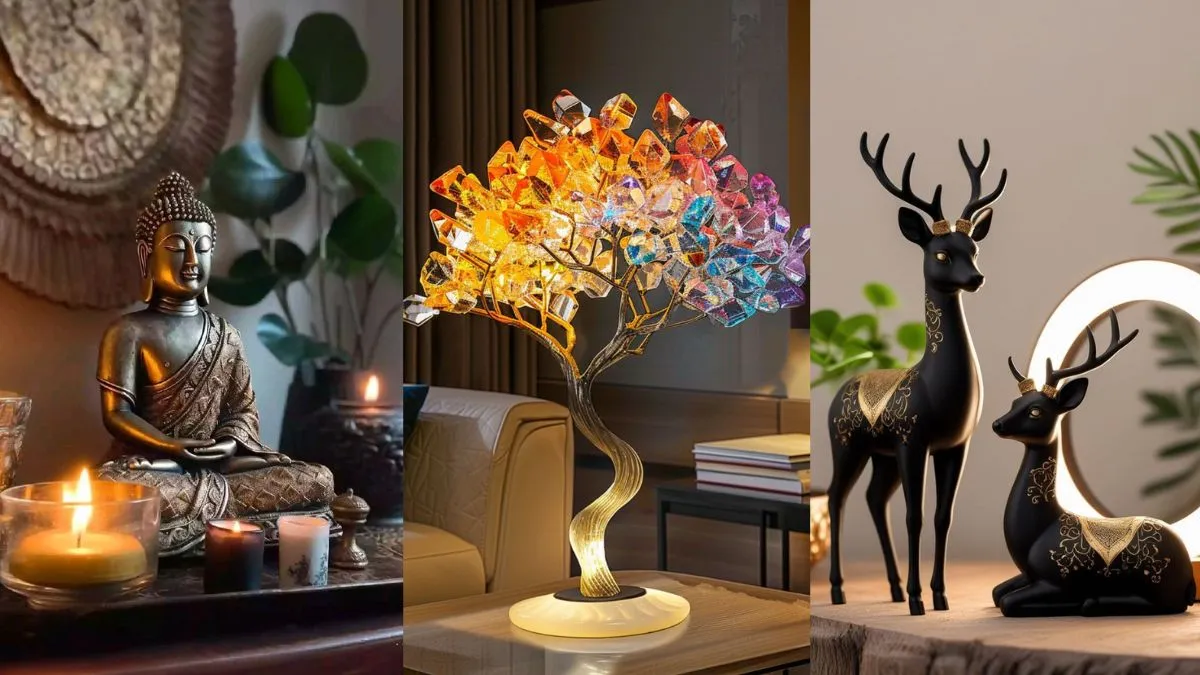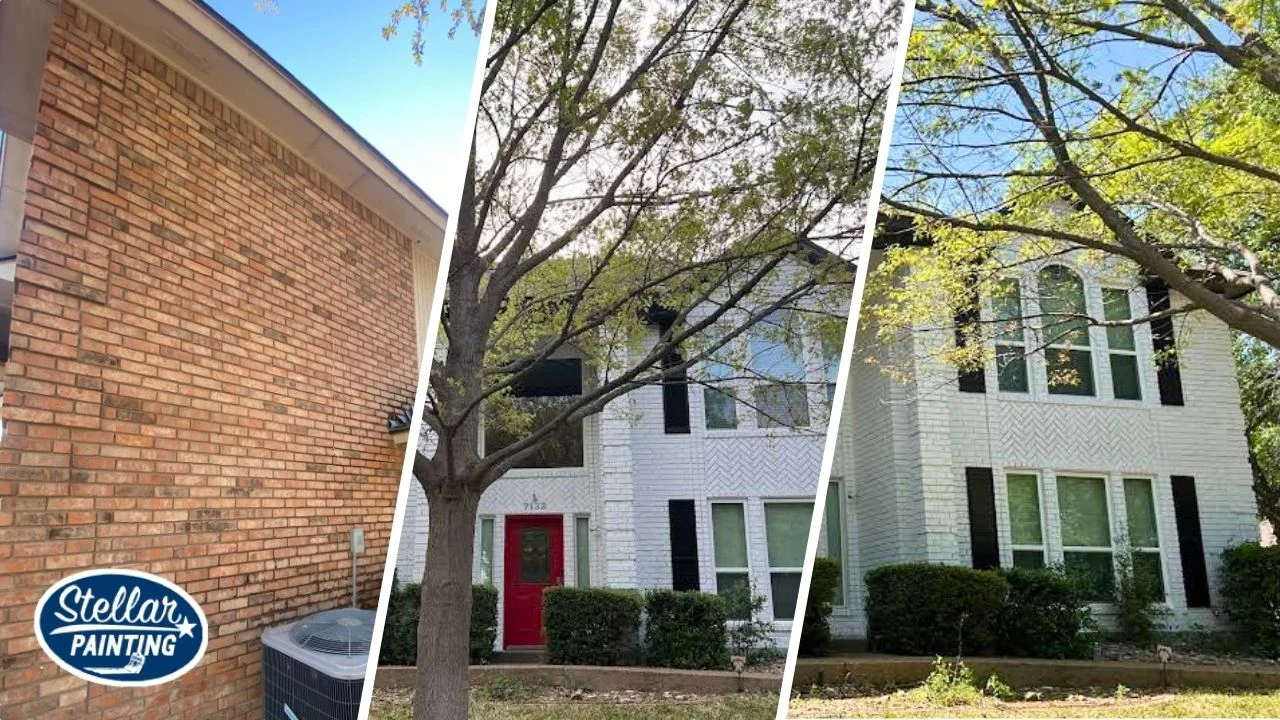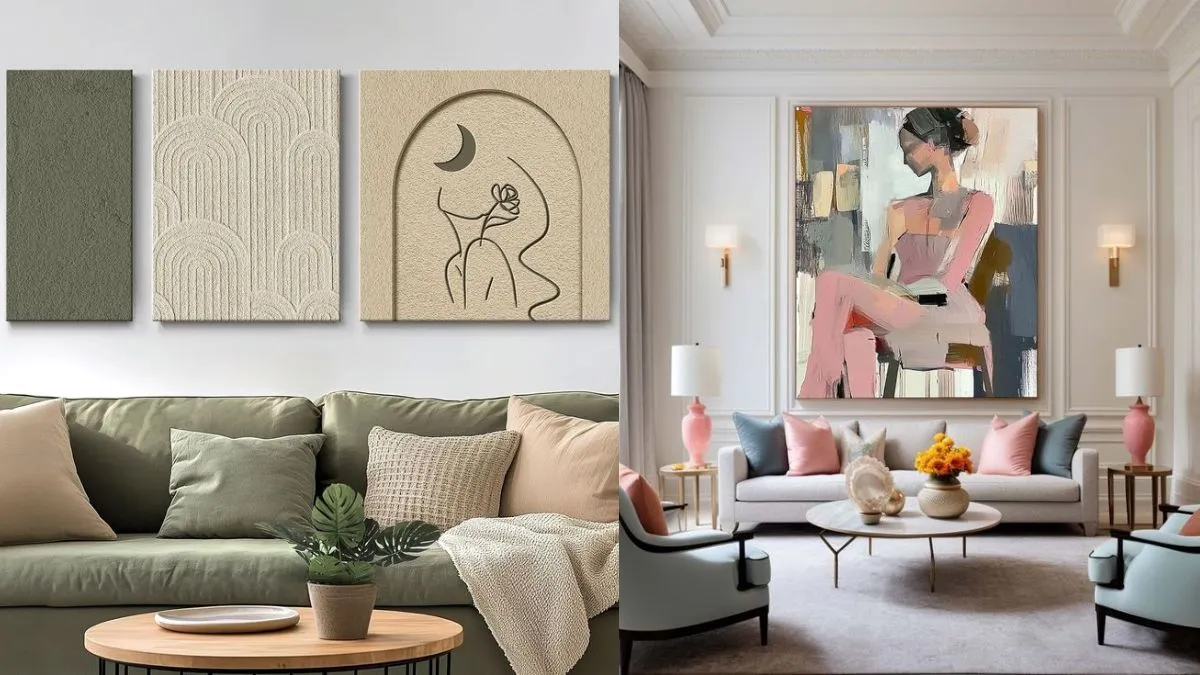If you wanted to add a dramatic element to your walls in the early 2000s, chances are you considered sponge painting. Part of the appeal was that the technique is fairly intuitive—paint the base color, then dab a textured sponge into the second color and blot—and technically, there’s no wrong way to execute it.
Nowadays, however, the ease isn’t a compelling enough reason to adorn our walls with it. For Cathleen Gruver, Lead Interior Designer at Gruver Cooley in Northern Virginia, the jewel tones from a couple of decades ago were most problematic: “You know the ones—deep forest green and burgundy ‘blended’ with metallic gold accents.” That said, she’s never been a fan of the technique in general, and here’s why.
Cathleen Gruver is the Lead Interior Designer at Gruver Cooley in Northern Virginia.
Why Sponge Painting Should Stay In The Past
Even when paired with modern elements, Gruver says that the technique demands too much attention from the eye. “Instead of adding depth and texture to a room, the walls end up looking chaotic and unpolished,” she explains. With so much going on, you’ll have a tricky time selecting decor to complement the sponge technique—it’s more likely that the other elements compete with it, further adding to the busyness. In a space like a living room or bedroom where you want to unwind, you’ll end up with the opposite experience.
The same concept applies to a space’s overall palette. “It locks people into a color scheme that is really hard to evolve from,” Gruver reasons. “The walls are loud and don’t play nicely with others.” Depending on the combination you sponge painted, you may be limited to thoughtfully chosen neutrals. And if you’re a pattern enthusiast? Incorporating them will prove even more difficult. (To be fair, that doesn’t mean they’re entirely off limits. Something subtle, like a thin stripe, can likely get the job done.)
What To Do Instead
It’s possible to add dimension without resorting to sponge painting. “I’m all for using real materials,” Gruver says. From plaster finishes to beadboard, even wallcoverings, each approach has its own personality and level of permanence.
The latest one to make a comeback? Picture frame molding. The best thing about this timeless, traditional accent is that it can be executed with all budgets and expertise levels. For rookie DIYers, easy installation kits take care of all of the cutting and most of the measurements (they even make renter-friendly options!). If you have money to spend, you can always opt for custom molding and outsource the labor.
Consider color-blocking or subtle contrast trim if your heart is set on a mix of colors. “Paint should feel fresh and clean, not like a craft project gone rogue,” insists Gruver. Thinking of your walls like the backdrop to a set will help your home look and feel more intentional.







:max_bytes(150000):strip_icc()/GettyImages-91993892-1a95fee0117c464ab0bf7427ee8c220f.jpg)



